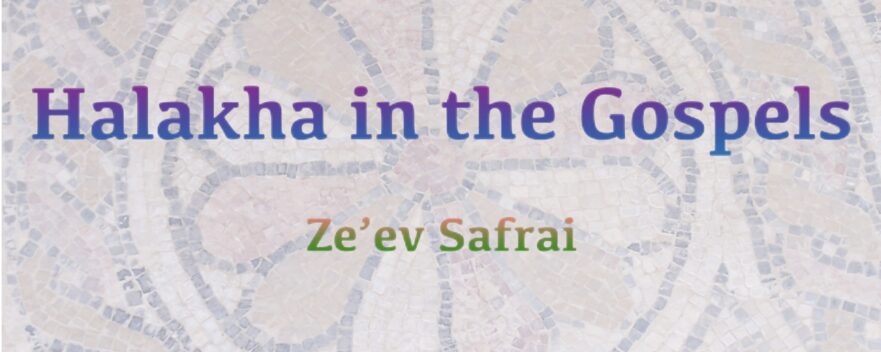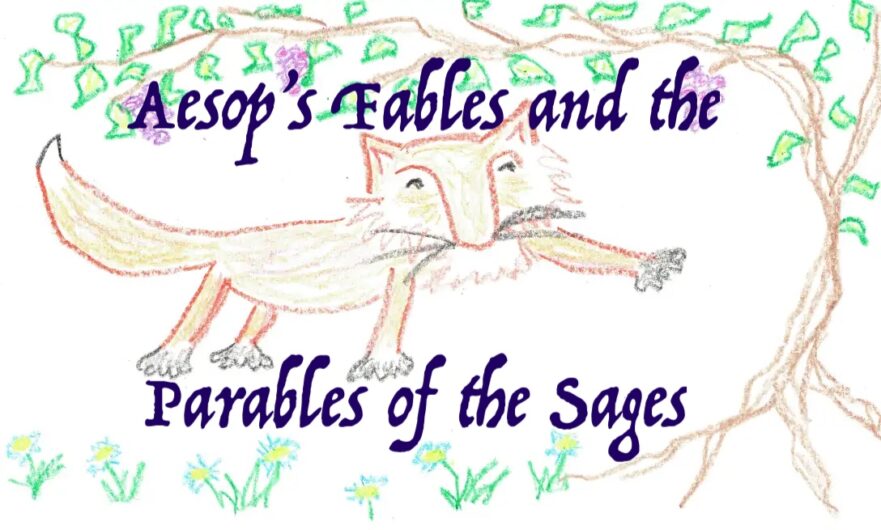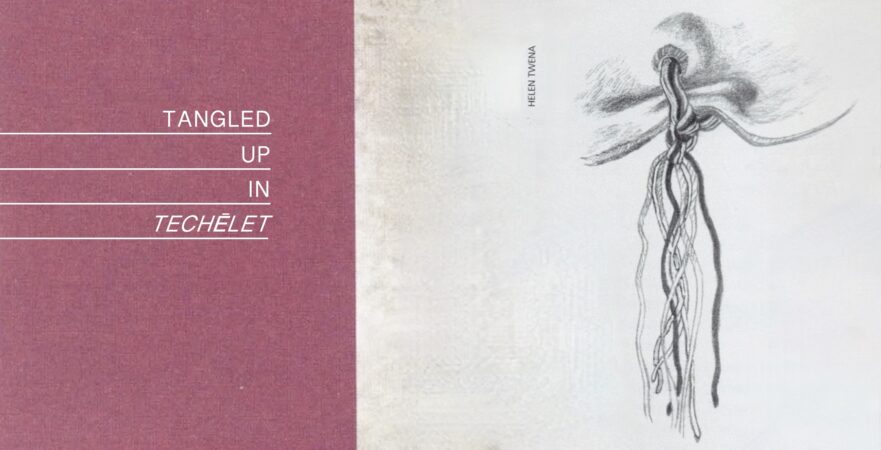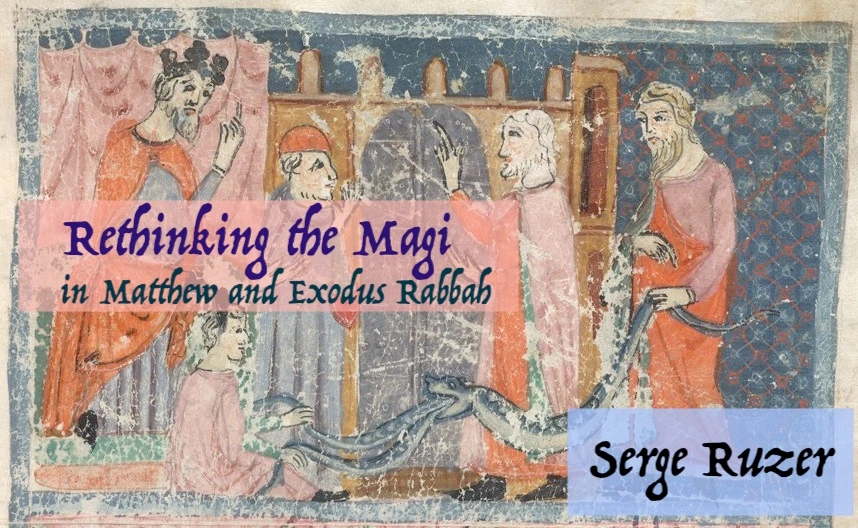To access this post, you must purchase A Jerusalem Perspective on the Magi access, Friend of JP or JP Premium Membership.
Purity Halakha in the Story of the Hemorrhaging Woman

Does concern for ritual purity explain why the hemorrhaging woman touched Jesus’ tzitzit?
Halakha in the Gospels

The Gospels describe Jesus and his followers as keeping halakha to a relatively high extent; they were a group to whom the law was important.
Aesop’s Fables and the Parables of the Sages

The meshalim (proverbs and parables) of the sages shed light on the development of Aesop’s fables and on variant versions of the fables within the complex Aesopic tradition.
Tangled up in Techēlet: Tzitzit (Ritual Tassels) in the Time of Jesus

Although the wearing of tzitzit is enjoined in Scripture, we do not find records of its actual observance until the Second Temple period.
The Historical Jesus, a Tanna? Charity and Deeds of Loving-Kindness in the Gospels and Early Rabbinic Thought

When nearly precise rabbinic parallels to stories and sayings in the Gospels exist, it may indicate that the Gospels are preserving traditions of the early Jesus movement and, perhaps, the historical Jesus.
Notes on the New Testament as a Witness for Broader Jewish Patterns in Jesus’ Times

This essay probes a number of Matthean and Lukan contributions to the shared Synoptic narrative, in search of possible reflections of contemporaneous Jewish customs and beliefs with broader circulation.
Why Rabbinic Literature Is Pertinent to the Study of the Gospels

The complete 2006 lecture is now accessible to JP users. View now!
The Didache and its Relevance for Understanding the Gospel of Matthew

In this article, Professor Huub van de Sandt introduces readers to the fascinating treatise called the Didache, and discusses how this early Christian document, which was based on an earlier Jewish source, helps us understand the Gospel of Matthew.
The Programmatic Opening of Jesus’ Biography as a Reflection of Contemporaneous Jewish Messianic Ideas

In this study Professor Ruzer suggests that there was a broader first-century Jewish context behind the narrative strategies employed in Mark’s prologue to Jesus’ messianic biography. On the other hand, he also demonstrates that Mark 1:9-11 can be used to recover an early phase of a pattern of messianic belief, seemingly shared by wider Judaism, that continued into the rabbinic period. In other words, New Testament evidence can be an important witness to broader trajectories in early Jewish messianic beliefs.

